Leveraging training tools is the first step to success - from instructor-led, classroom-based training to online, self-directed, and blended training programs that allow learners to learn at their own pace, employee training and professional development are the cornerstone of successful organizations.


TRAINING TOOLS
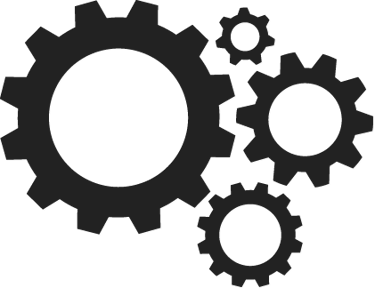
Leadership Matters
Take advantage of the FREE training programs offered on our Leadership Matters Youtube Channel featuring free training and professional development videos on leadership, communication, instructional design, and municipal operations.
Free Training
Professionalism and business etiquette are two different concepts that are often used interchangeably. Professionalism refers to the conduct, behavior, and attitude of an individual in a professional setting. It is the way you present and carry yourself as well as how you interact with others using social courtesies and good manners. It means communicating effectively and appropriately and includes being responsible, ethical, and team-oriented with strong communication, interpersonal, and problem-solving skills.
Business etiquette is a set of guidelines that determine how you interact with colleagues, management, customers, and other stakeholders. While similar to professionalism, business etiquette requires you to be respectful and courteous to others, to dress appropriately for the occasion, and to communicate effectively with your colleagues and clients. It also involves understanding the cultural norms and expectations of your clients or colleagues and being able to adapt your behavior accordingly.
Professionalism is an important characteristic to demonstrate in any interview and every day of work. Showing professionalism can make way for new opportunities while a lack of professionalism can create barriers to your growth.
Professionalism is an important characteristic to demonstrate in any interview and every day of work. Showing professionalism can make way for new opportunities while a lack of professionalism can create barriers to your growth. Increase your promotability and career growth by learning how to improve your behavior, skills, and reputation in the workplace. From communicating with competence to leadership success, our Professionalism & Business Etiquette Series covers the proper business etiquette and professionalism you need to know to be successful in the workplace at any level - from individual contributor to leader.

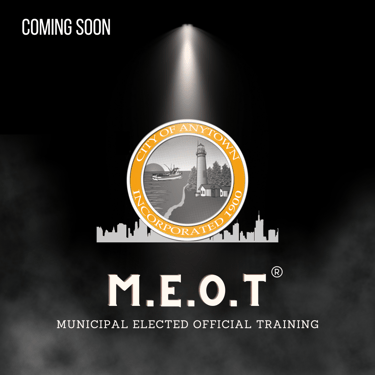

Online Courses


Professionalism Series
Transformational Leadership Series
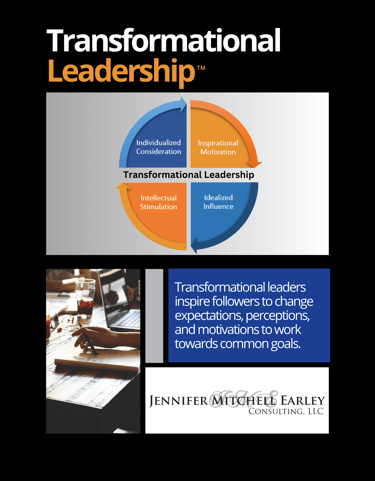

Transformational leadership is a leadership style that inspires positive changes in those who follow. Transformational leaders focus on nurturing and positively motivating their employees by encouraging new experiences and ways of thinking for themselves and employees, mentoring employees and supporting their professional development, imparting a vision for an organization that employees internalize and make their own, and serving as role models for how they expect employees to conduct themselves.
Transformational leaders are generally energetic, enthusiastic, and passionate. They are concerned and involved in the process but are also focused on helping every member of the team succeed. Transformational leadership is effective when dealing with knowledge-based work that requires creativity or innovation. This leadership style can increase group morale, lead to rapid innovation, improve conflict resolution, decrease turnover, and foster a sense of ownership amongst a team. Common characteristics of successful transformational leaders include mutual respect, organizational skills, creativity, responsibility and integrity.
The Man Series
Municipal Elected Official Training Series
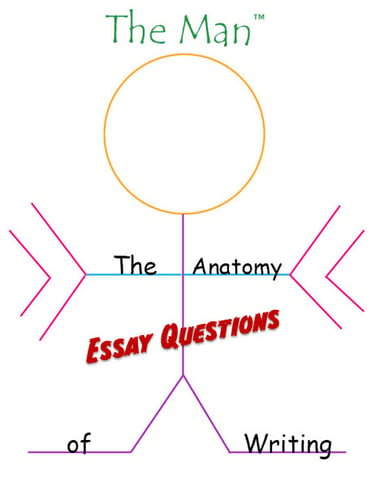

Coming soon.
The effects of the pandemic on student reading have been widely documented. If your child has difficulty in this area, they are not alone. Recent studies find that children are severely behind in reading; about a third of children in the youngest grades are missing reading benchmarks, up significantly from before the pandemic. While the literacy crisis did not start with the pandemic, stagnant or declining performance in reading and widening gaps between high and low performers shows that it has been exacerbated by it.
Reading, critical thinking skills, and writing are closely connected. Learning how to write well can make students better readers; when children are taught how to write complex sentences and compose different kinds of texts, their ability to read and understand a wider variety of writing improves.[1] Many students find writing challenging and score poorly in this area on state achievement tests. Complete and accurate answers to these written responses require higher-order thinking skills.
Students need to develop reading comprehension to succeed in academic writing. Reading comprehension is the ability to understand and interpret texts (articles, books, reports, etc.) and is influenced by many factors, such as prior knowledge, vocabulary, motivation, and cognitive strategies. One way to measure reading comprehension is by using open-ended essay questions, which require students to write responses based on the texts they have read. Open-ended essay questions can assess how well students can summarize, analyze, synthesize, and evaluate information from different sources.
The Man: The Anatomy of Writing Series™ increases students' reading, comprehension, critical thinking, and writing skills. It was developed by Jan Mitchell, a 36-year veteran educator, in response to the difficulties that her students experienced in constructing comprehensive written responses. The Man introduces simple concepts that students can understand and apply using human anatomy as a blueprint to organize and construct critical written responses.
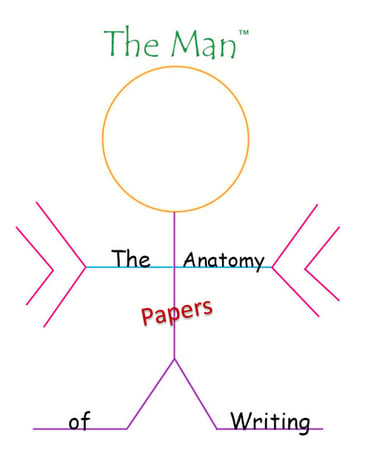

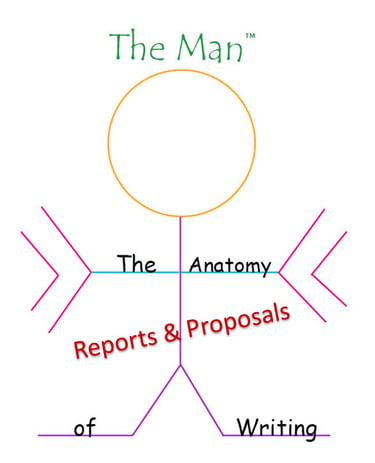

[1] 3 Takeaways About the Connection Between Reading and Writing Instruction. https://www.edweek.org/teaching-learning/3-takeaways-about-the-connection-between-reading-and-writing-instruction/2023/02 Accessed 9/12/2023.
